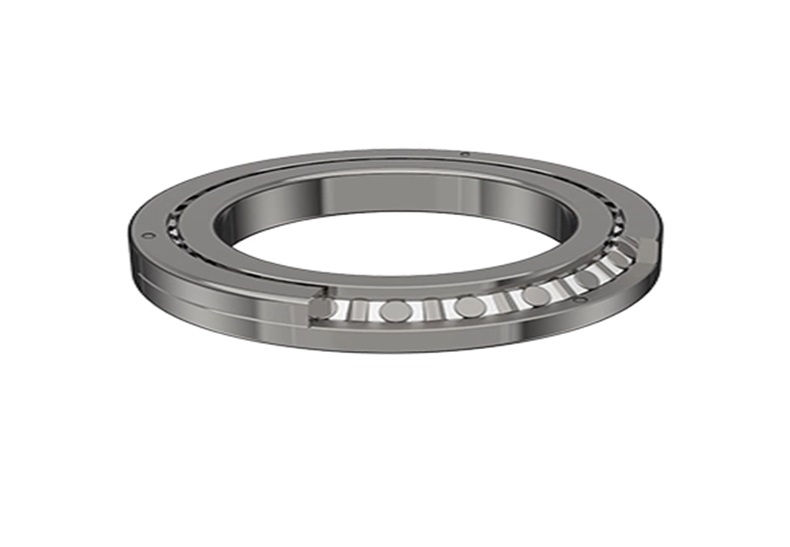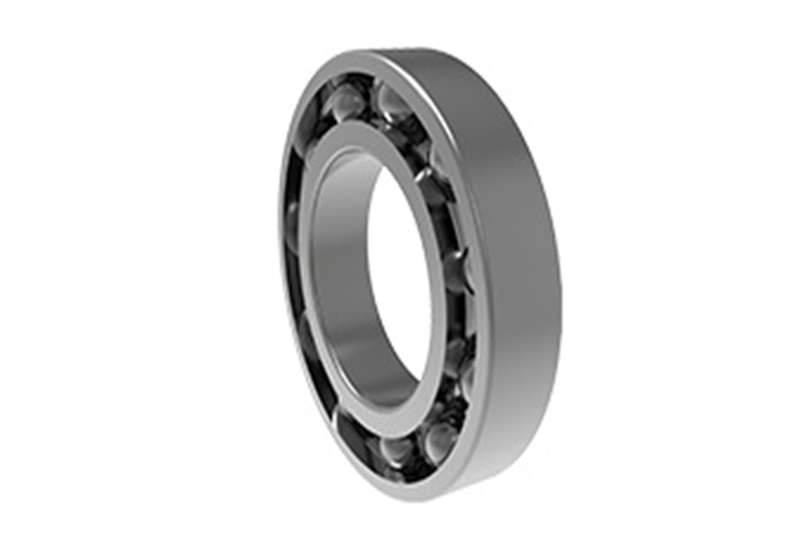Composition and Structure of Three-Row Roller Bearings
Three-row roller bearings consist of an inner ring, outer rings, balls, and a cage. Two outer rings and one inner ring form a 3 row bearing scaffold, within which the balls roll freely. The cage maintains the position of the balls.
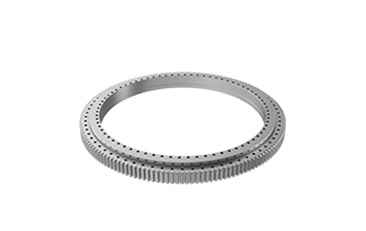
Application Scenarios of Three-Row Roller Bearings
Three-row roller bearings are widely used in aerospace, marine, rail transport, machine tools, and heavy machinery sectors. They are especially prevalent in marine vessels and heavy machinery. In these areas, 3 row roller bearings can withstand substantial radial and axial loads, feature high rigidity, and have low friction coefficients. Additionally, they have a long service life and are easy to maintain, making them widely used in engineering machinery and maritime applications.
Importance of Three-Row Roller Bearings in the Machinery Manufacturing Industry
With the continuous development of modern manufacturing, the demand for high-precision, high-load-capacity, and high-wear-resistance mechanical transmission components is increasing. As an essential mechanical transmission component, 3 row roller bearings play a critical role in industrial automation, rail transport, and heavy machinery sectors. They are also fundamental in enhancing the functionality and performance of mechanical equipment.
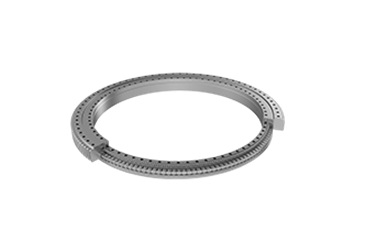
How to Choose Three-Row Roller Bearings Reasonably
Load Bearing Assessment
The primary consideration is the type of load the bearing needs to withstand, including radial, axial, or composite loads. Selecting a bearing that can handle the specified load based on the working conditions and requirements of the machinery is crucial to prevent overload damage.
Consideration of Speed Compatibility
Different types of 3 row roller bearings have varying maximum speeds. The selection process entails choosing a bearing that can handle the design speed of the equipment and operate stably. Additionally, attention must be paid to temperature rise and lubrication issues during high-speed operations to ensure optimal performance in high-speed environments.
Selection of Precision Grade
The precision of 3 row roller bearings directly affects the overall performance and stability of the equipment. The precision level must match the system's accuracy requirements. While high-precision bearings offer more stable operation and higher load capacity, they also come at a higher cost. Therefore, balancing performance needs and cost-effectiveness is essential.
Analysis of Environmental Adaptability
Environmental factors such as temperature, humidity, and corrosive media impact the performance and lifespan of bearings. During selection, the working conditions the bearing will face should be thoroughly considered, and bearings with the appropriate protective measures should be chosen to ensure reliable operation in adverse conditions.
In summary, 3 row roller bearings have strong load capacity, wear resistance, and long service life, making them widely applicable in mechanical transmission fields, with significant importance and role in the machinery manufacturing industry. Reasonable selection of 3 row roller bearings should comprehensively consider load bearing, speed compatibility, precision requirements, and environmental adaptability. By evaluating these key factors, the most suitable bearings for specific mechanical systems can be selected, ensuring efficient, stable operation and extending service life.














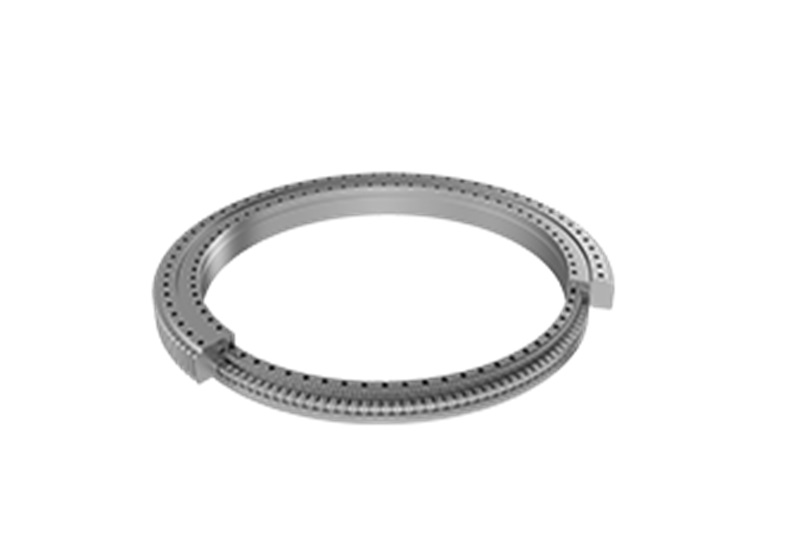
 English
English  français
français  Deutsch
Deutsch  italiano
italiano 


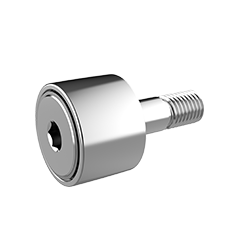
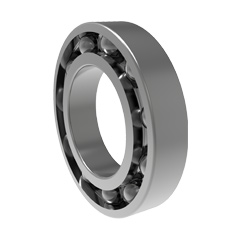
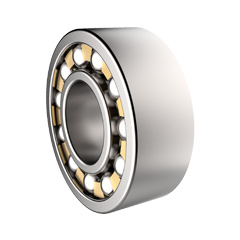
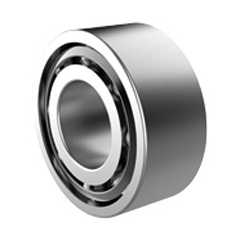
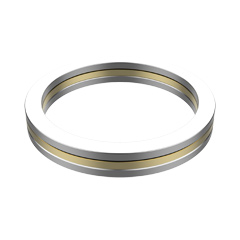
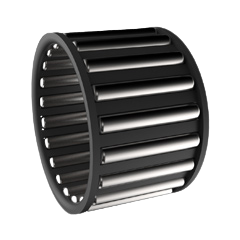



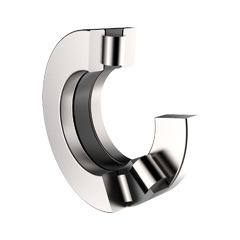
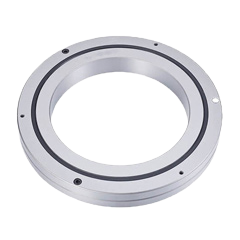
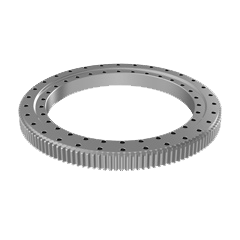
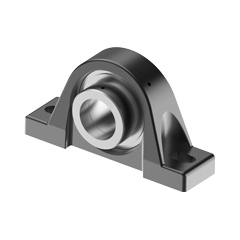
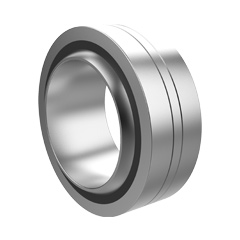

 English
English  français
français  Deutsch
Deutsch  italiano
italiano 

